Evaluating National Climate Goals: Are We Making Progress?
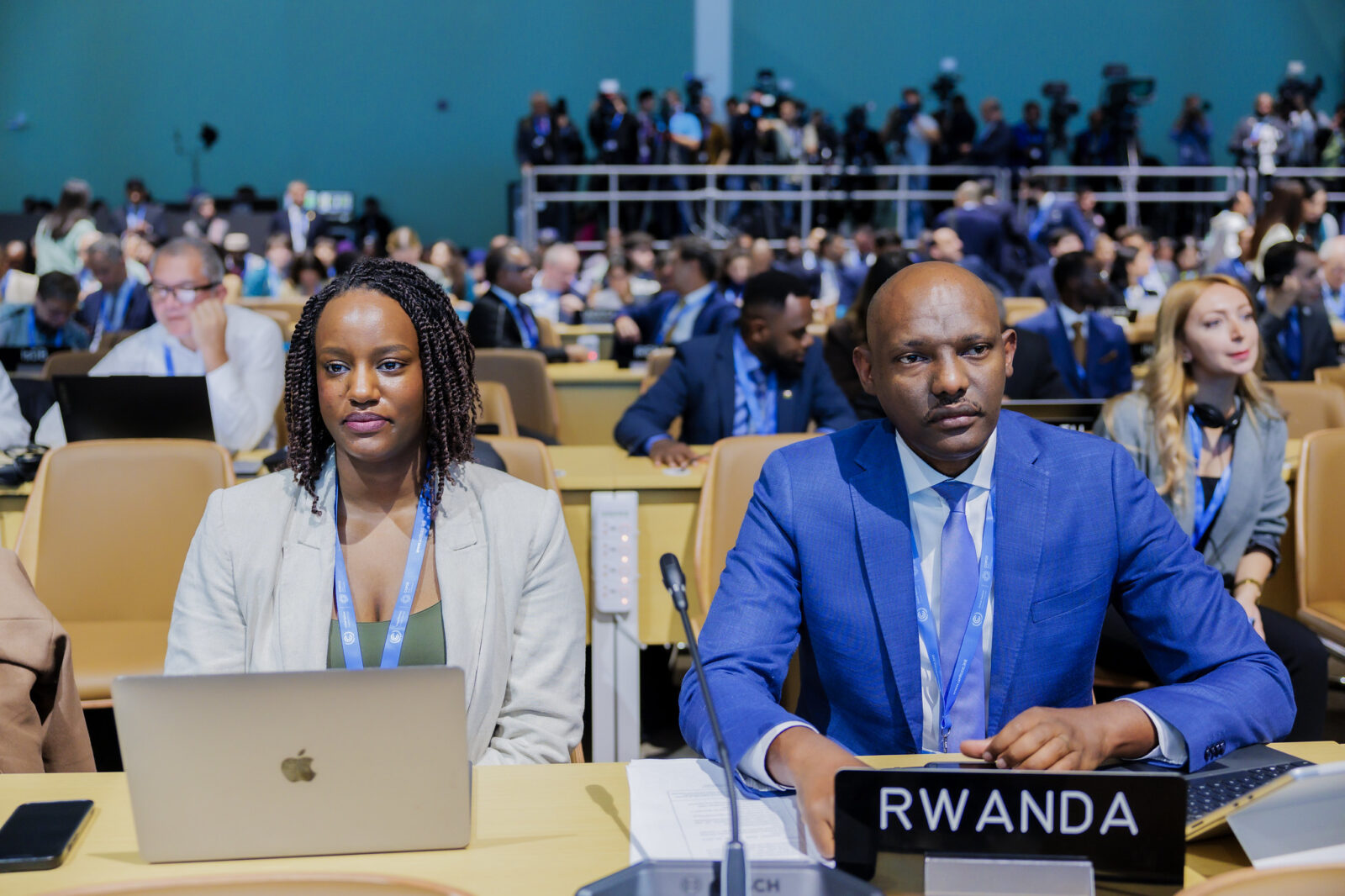
Are nations making adequate strides toward their climate objectives?
According to the World Resources Institute (WRI), the current Nationally Determined Contributions (NDCs)—the individual climate action plans established by countries under the Paris Agreement—are “far from ambitious enough” to keep global warming below 1.5 degrees Celsius. The Paris Agreement, adopted in 2016, aims to limit the rise in global temperatures to well below 2 degrees Celsius while striving to cap the increase at 1.5 degrees.
Each country’s NDC details its strategy for cutting greenhouse gas emissions, contributing to the overarching goal of restricting temperature rise to 1.5 degrees Celsius and adapting to climate change effects.
The Paris Agreement mandates that NDCs be revised every five years, with each update reflecting greater ambition based on the country’s capabilities. Countries are required to submit updated NDCs by February 2024, with some expected to announce their targets at COP29 in November.
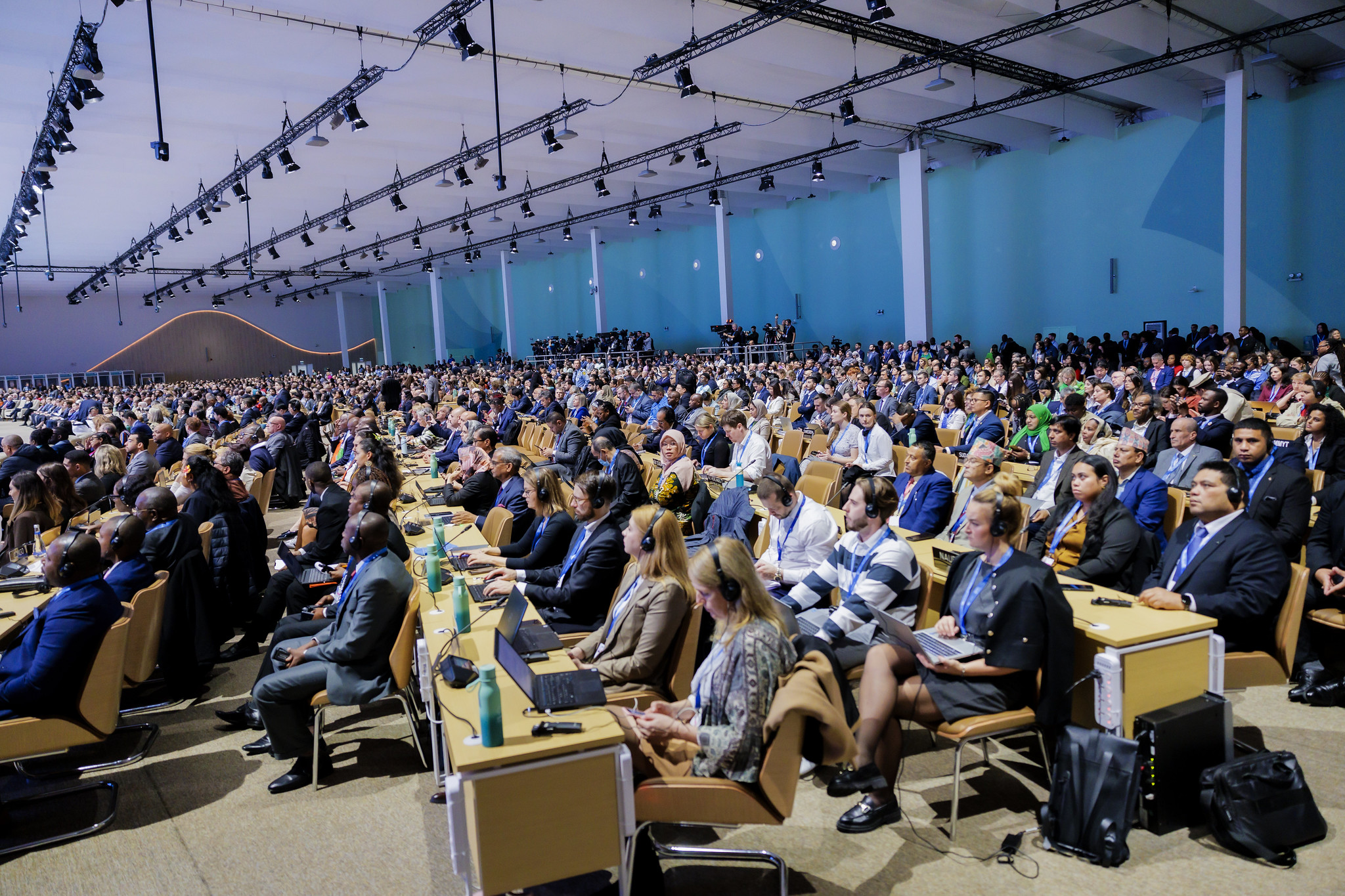
In anticipation of COP29, the WRI launched an interactive NDC Tracker on its Climate Watch platform, allowing users to monitor and analyze new submissions. The WRI warns that the current actions outlined in NDCs could lead to a dire temperature rise of 2.5-2.9°C by 2100.
The 2023 summary from the Intergovernmental Panel on Climate Change (IPCC) emphasized that to remain under the 1.5 degrees Celsius threshold, emissions must be cut by at least 43% by 2030 compared to 2019 levels, and by at least 60% by 2035.
The upcoming 29th Conference of the Parties to the United Nations Framework Convention on Climate Change (UNFCCC) in Azerbaijan will focus on “enhancing ambition,” urging countries to commit to more aggressive national targets for greenhouse gas reductions. These commitments are crucial for global climate action, with the deadline for updates approaching in early 2025.
While the World Economic Forum (WEF) acknowledges some progress since the Paris Agreement’s adoption, it stresses that existing NDC commitments still fall significantly short of what is necessary to keep global temperature increases within acceptable limits, as they are on track for a rise of 2.5-2.9 degrees Celsius.
Rwanda’s Progress
The WEF highlights a considerable gap between countries’ stated NDC targets and their actual implementation, suggesting that emissions could exceed projections by 2030. An analysis from the United Nations Development Programme (UNDP) indicates that developing and vulnerable nations are making tangible strides in ambition, with African nations, in particular, demonstrating stronger pledges than the global average.
Rwanda’s lead negotiator in UN climate talks, Faustin Munyazikwiye, stated that the country is currently evaluating its NDC implementation. “Rwanda’s NDC is on track, and we are finalizing our biennial transparency report to show our progress. We plan to submit our NDC 3.0 next year before COP30,” he noted.
However, many developing nations, including Rwanda, face significant challenges due to financial and technical constraints in setting and executing more ambitious NDCs. Rwanda has identified a funding gap of approximately $7 billion needed to achieve its climate action targets by 2030, with a total investment of $11.04 billion aimed at reducing carbon emissions by 4.6 million tonnes. Key sectors targeted for reductions include agriculture (49%), energy (34%), waste management (14%), and industry (3%).
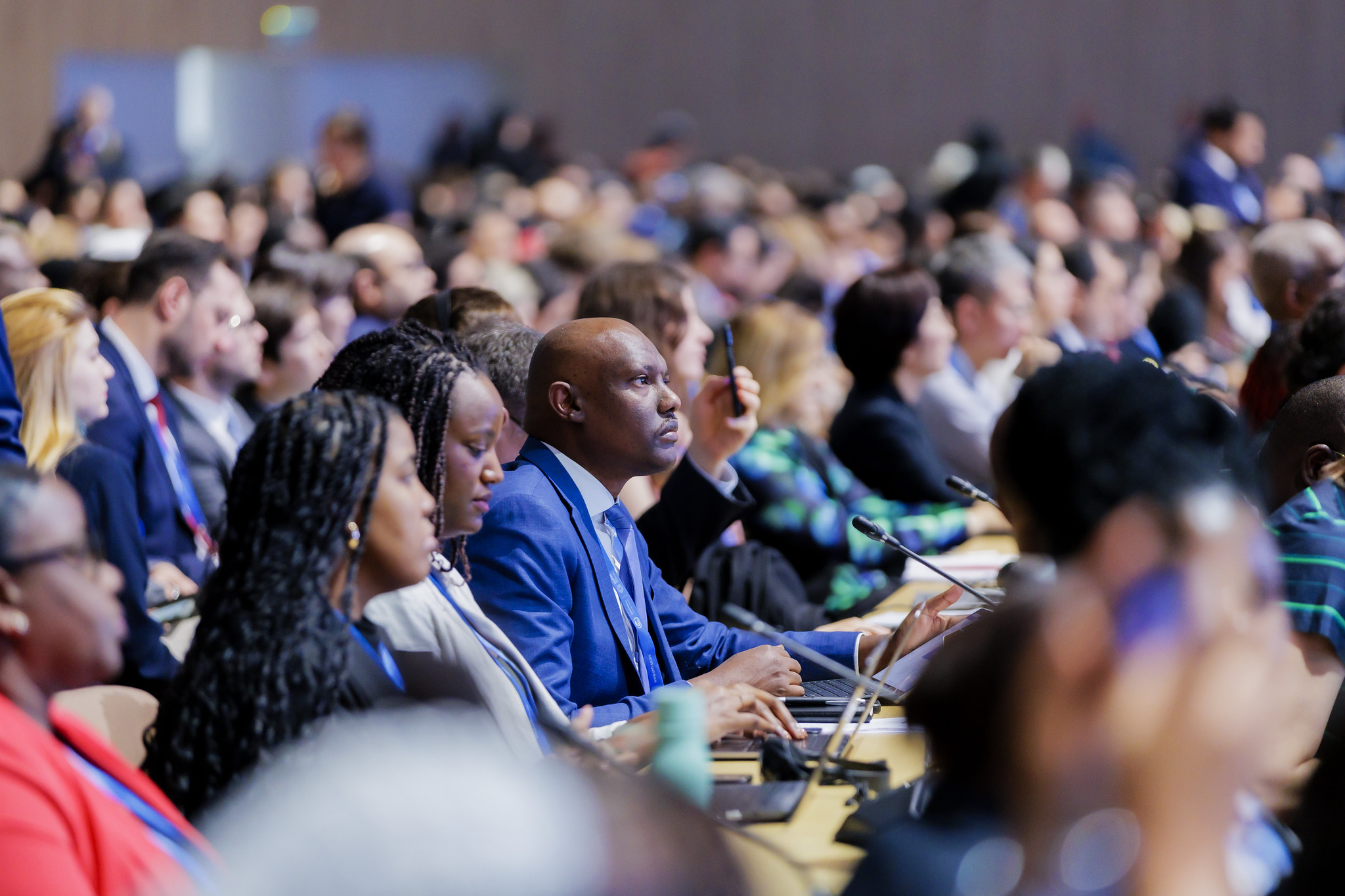
This funding gap was highlighted during the recent Kigali Climate Talks, where stakeholders convened to discuss Rwanda’s NDC updates. Historically, developed nations, as the largest emitters, bear the responsibility to make substantial emissions reductions and provide significant financial support to help developing countries enhance their climate actions.
To stay on course for achieving net-zero emissions by mid-century, the IPCC has determined that emissions must decrease by 43% between 2019 and 2030 to limit temperature increases to 1.5 degrees Celsius. However, full implementation of the current NDCs would only result in a 5.3% reduction, according to Simon Retallack, Director of the Net Zero Intelligence Unit at The Carbon Trust, which aims to accelerate global progress toward net-zero.
Closing this considerable gap is essential in the new NDCs that will be presented ahead of COP30. The UN Development Programme has initiated its Climate Promise 2025 program to provide support for capacity building related to NDCs.
Nonetheless, the success of COP29 in generating momentum for NDCs is closely tied to the outcomes of climate finance negotiations. If COP29 fails to establish a strong new climate finance goal that fosters trust, capacity, and global resilience, it is unlikely that the NDCs set for 2035 will be sufficient to fulfill the objectives of the Paris Agreement.
Trending Now
Hot Topics
Related Articles
Kivu Beach Expo & Festival Brings Joy to Rutsiro While Showcasing the Region’s Natural and Sustainable Potential
The arrival of the Kivu Beach Expo & Festival in Boneza Sector,...
Kivu Beach Festival Triggers Urgent Economic Development Push in Rutsiro
Preparations for the 2025 Kivu Beach Expo & Festival have become a...
COP30 Raised Ambition on Adaptation Finance Yet Africa’s 150 Billion Dollar Gap Tells a Different Story
COP30 in Belém was billed as the moment the world would finally...
Rwanda Launches Updated Climate Action Plan to Boost Resilience and Cut Emissions by 2035
Rwanda has unveiled a strengthened national climate strategy with the release of...



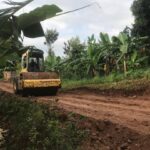

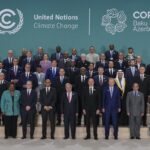



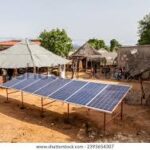
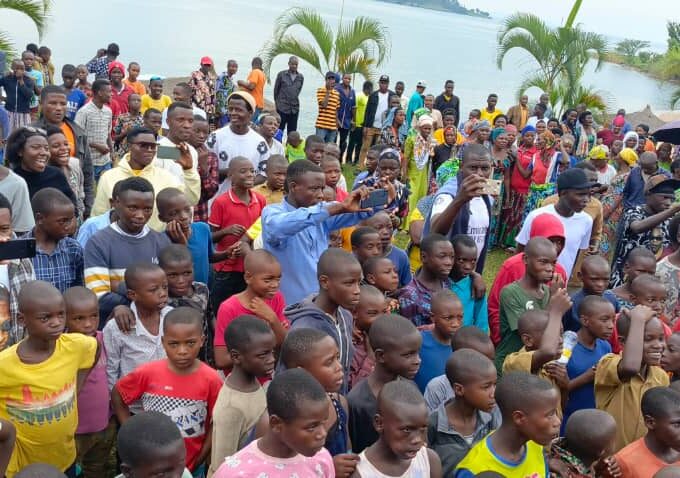
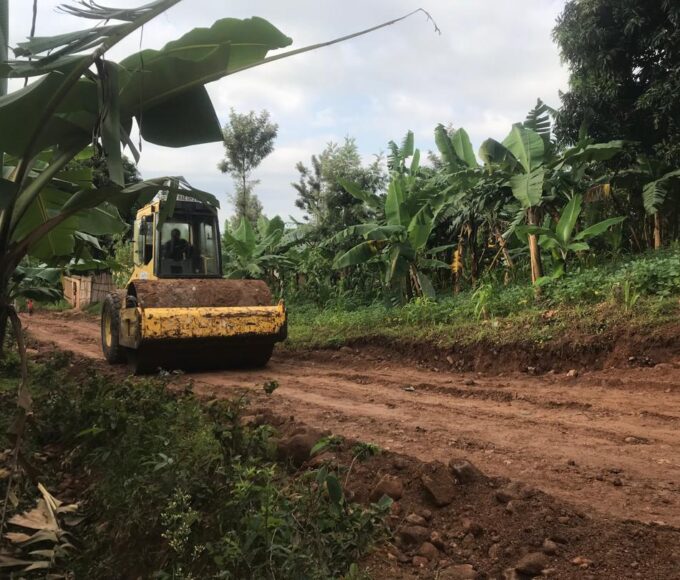
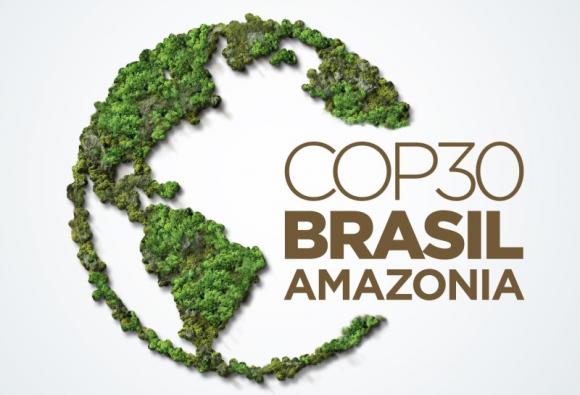

Leave a comment